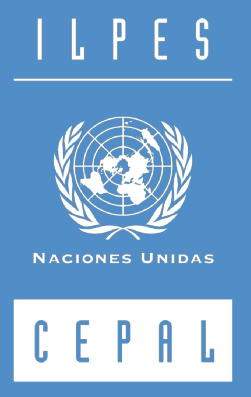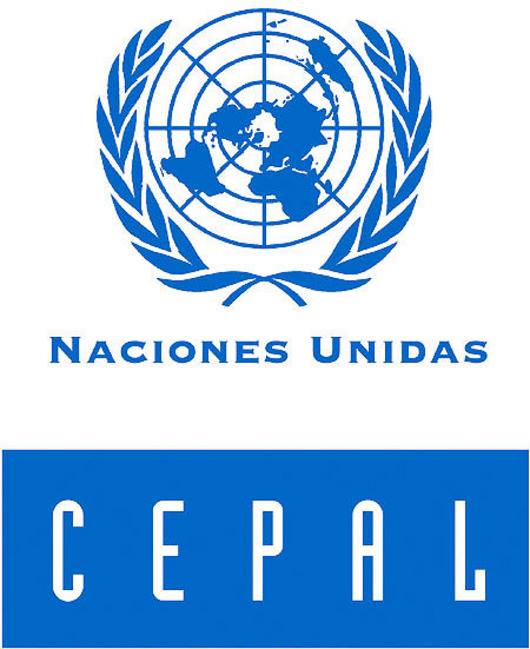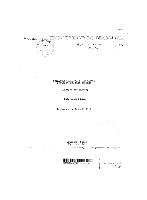Location
Also known as: Centro Latinoamericano y Caribeño de Demografía
The mission of ECLAC in the area of population and development is to increase and enhance the ability of the region’s countries to describe, analyse, comprehend and address population dynamics and their links to economic and social development, with a view to incorporating demographic factors into public policies and programmes, especially those aimed at reducing poverty and inequality. To achieve its strategic objective, the Division has received extensive support from organizations of the United Nations system, especially the United Nations Population Fund (UNFPA), and other donors.
The Latin American and Caribbean Demographic Centre (CELADE), which has been the Population Division of ECLAC since 1997, focuses on three areas: requests for assistance at the national level; regional issues (in particular the marked social, economic, ethnic and gender inequalities); and international agreements, principally the Programme of Action of the International Conference on Population and Development, the Montevideo Consensus on Population and Development, the Madrid International Plan of Action on Ageing, the San José Charter on the Rights of Older Persons in Latin America and the Caribbean and the Millennium Development Goals, which seek to improve people’s living conditions by enforcing their rights.
CELADE-Population Division of ECLAC, within the framework of the existing links between population and development, will continue to give priority to the following issues from a gender and human-rights perspective: determinants and consequences of demographic trends; sociodemographic inequities; maternal and child mortality; fertility and reproductive health; youth; ageing and older persons; indigenous peoples and Afro-descendent populations; international and internal migration; urbanization; sources of sociodemographic information (population censuses and vital statistics); and human resources training in the fields of demography and population and development.
A look back over the Centre’s history shows that the majority of professionals working on population issues in the region have passed through the classrooms of CELADE at one time or another, while all of the nations of Latin America and the Caribbean, as well as some from Africa and Asia, have received technical advisory missions composed of CELADE staff. It is clear that the research carried out by CELADE has substantially added to the corpus of knowledge on population and development issues in Latin America and the Caribbean.
Members:
Resources
Displaying 11 - 13 of 13Education and research in urban planning and development in Latin America
Las tasas de urbanizacion de America Latina son las mas altas del mundo y los problemas generados por ellas seguiran influyendo en el desarrollo politico, economico y social de la region en los anos futuros. Las necesidades de formacion de profesionales y de investigacion en el campo del desarrollo urbano son tan enormes y los esfuerzos desplegados tan escasos, que se requiere un enfoque enteramente nuevo de parte de las agencias interamericanas.
Proyecto Estrategias de Desarrollo y Politicas de Poblacion en America Latina y la estructura agraria
Se presentan, los avances de la investigacion en relacion a los factores estrategicos del cambio demografico a nivel rural, estableciendo las areas que inciden en el aporte neto de un hijo adicional. Estas areas se integran en 3 categorias de analisis: contexto socio-espacial, insercion en la estructura productiva y area de politicas publicas. Finalmente, se avanza en una tipologia de estructuras agrarias de acuerdo a las caracteristicas de los factores de la estructura agraria vinculados al comportamiento reproductivo.
Estructura agraria y poblacion: analisis del caso chileno; version preliminar
Seminario sobre Interrelaciones entre la Dinámica Demográfica y la Estructura y el Desarrollo Agrícola





